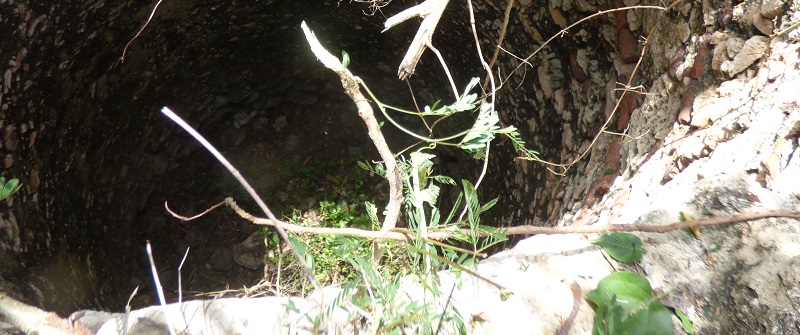
26 Apr Blog: Historical archaeology: An avenue for Haitian history (part 1)
By Joseph Sony Jean. Republished with permission from Society for Historical Archaeology 54-1: 41-44, spring 2021.
I visited the archaeological sites at En Bas Saline and Puerto Real for the first time with some colleagues from Leiden University in summer 2014. Scholars have placed the location of La Navidad at the former and the latter is known as the first Spanish colonial town in Haïti, built in 1503. Both sites have remains from that epoch extant today. They were crucial to deepening the colonization process of Haïti. Described as a beautiful landscape by Columbus, northern Haïti would experience a radical change as a result of the long-lasting European colonization. Columbus’s description encompassed the land, indigenous houses and villages, rivers, plains, and very high mountains. This landscape was eventually transformed by the Europeans, who implemented a policy designed to attain full political control of the indigenous communities and their lands. Columbus’s initial perception of the cultural landscape is crucial to tracing the mechanisms that legitimized the European strategies for maintaining their rule of the newly colonized land, which they named La Espanola.
The landscape described by Columbus was a physical and social space in which the indigenous knowledge and social interactions with the lands, sea, rivers, and mountains were embedded, along with the production and circulation of material culture. At the same time, it stimulated the Europeans’ imagination, provoking their interest and investment in Columbus’s colonial project. In the meantime, Columbus’s narratives would change this landscape totally. Indeed, the Spanish colonial strategies, by imposing a new perspective, eventually contributed to erasing the indigenous people’s meanings and symbolism. The landscape became the focus for the exploitation of the lands and people described by Columbus in 1492, leading to the establishment of a colonial city and the identification of natural resources, both of which would lead to the forced displacement of the indigenous communities. This episode is rarely discussed in Haitian history, but it is crucial for understanding the colonial history of Haïti. Through archaeological investigations, a few places related to the Spanish activities have been identified. Past archaeological research has delineated the interactions between Amerindians, Africans, and Europeans in the urban landscape of Puerto Real. These interactions were translated into household dynamics and material culture through which the Spanish colonial system operated. They transformed the indigenous villages into a colonial urban landscape.
In December 2014, I made another trip to Haïti, during which my mission was to visit the locations of early Spanish settlements at Puerto Real, where the natives were forced to relocate under Spanish colonial rule. This made me meditate on the meanings of these places for addressing the colonial history of Haïti from a deeper perspective. Taking this into consideration, a “deep colonial history” study of Haïti considers this era as the beginning of a long period of exploitation of land and people until the Haitian Revolution. Today, the locations of the Spanish settlements are threatened; they are disappearing rapidly due to the expansion of land management, giving the impression that Haitian officials refuse to consider them valuable heritage sites. My visit in 2014 overlapped with the official spotlight on the search for La Santa Maria’s remains when the American Barry Clifford stated that he had found the rest of the wrecked caravel off northern Haïti. Resolving the mystery about La Santa Maria’s exact location through archaeological research would be one of the greatest discoveries in world archaeology. However, that could also ironically involve further steps to foreground the official narratives about the “discovery of the New World,” while the lives of the first inhabitants continue to be marginalized in the national debates.
Photo: Colonial wells in the region of Fort-Liberté, Haïti – @ Joseph Sony Jean.
Joseph Sony Jean is a post-doctoral researcher at KITLV. His work focuses on the longue-durée landscape transformation of Haiti, using data from ethnography, ethnohistory and archaeological records.




No Comments